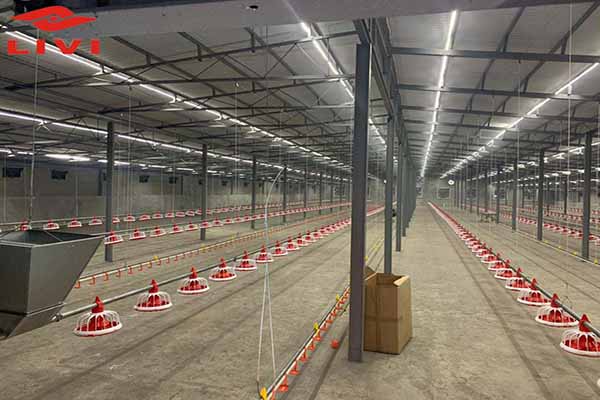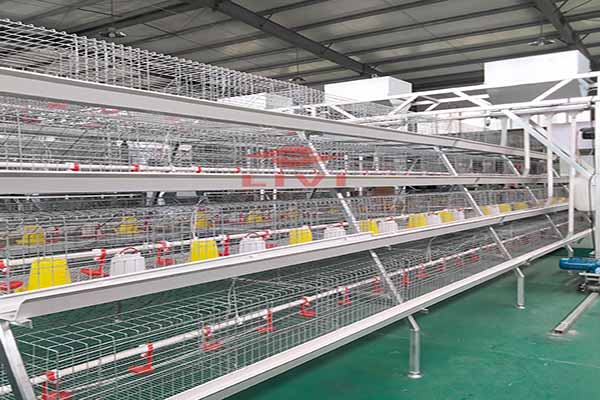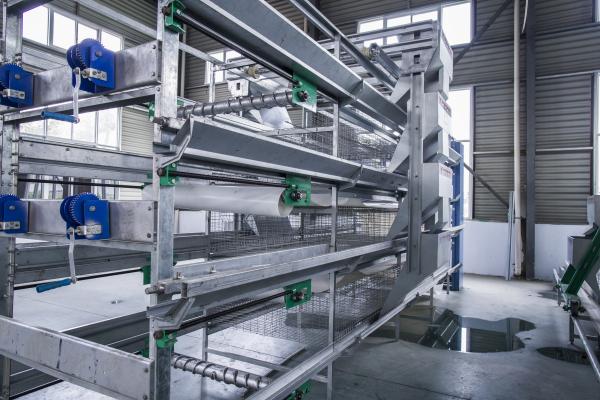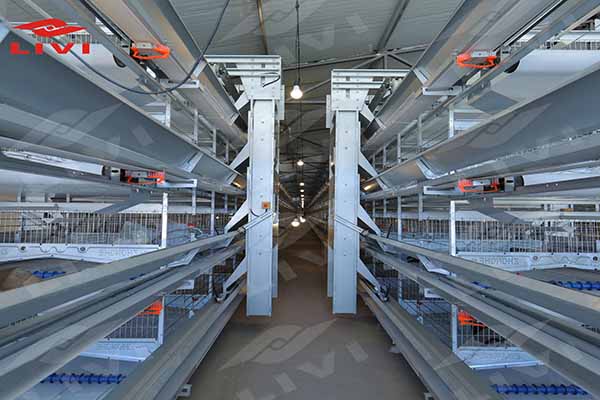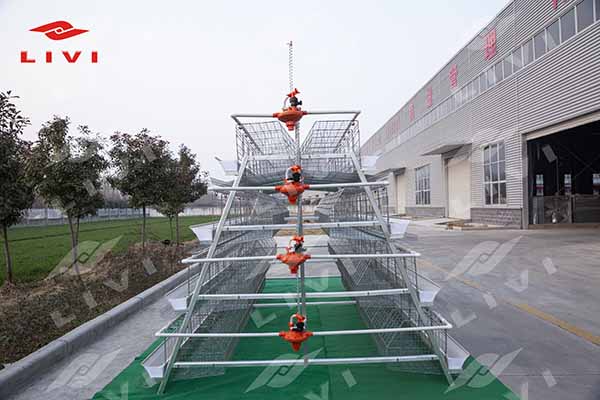Managing a poultry house with 30,000 layers is a complex yet rewarding task, especially in a country like Nigeria, where poultry farming is a significant part of the agricultural sector. Effective management ensures maximum productivity, reduced costs, and healthy poultry. In this article, we’ll walk through the essential aspects of manage a poultry house of 30000 layers in Nigeria, covering everything from housing and feeding to health management and automation.
1. Planning and Infrastructure Setup of Poultry House
Before diving into the daily operations, it’s critical to have a well-thought-out plan and infrastructure in place.
- Poultry House Design: The design of your poultry house plays a significant role in the health and productivity of your layers. It should be spacious, well-ventilated, and easy to clean. For 30,000 layers, consider designing the house with sufficient space to avoid overcrowding. You should also plan for ample lighting, temperature control, and waste management systems.
- Layer Battery Cages: One of the most efficient ways to manage a large poultry operation, especially with 30,000 layers, is by using layer cages. These cages provide numerous benefits, including optimized space usage, easier management of feeding and waste systems, and improved flock health.
- Location and Biosecurity: The location of the poultry farm is equally important. Ensure the farm is away from industrial pollutants, flooding zones, and other potential hazards. Also, implement biosecurity measures to prevent disease outbreaks. This includes limiting access to the farm, disinfecting equipment, and monitoring for external threats such as wild birds.
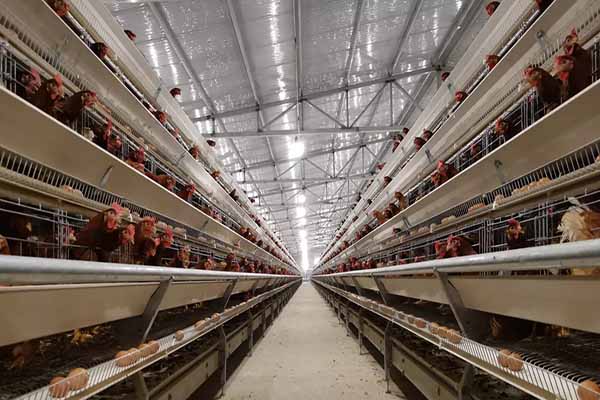
Manage a Poultry House of 30,000 Layers in Nigeria
2. Feeding and Nutrition
Feeding the right nutrients to layers is key to ensuring healthy egg production. A balanced diet impacts egg size, shell quality, and overall productivity.
- Quality Feed: Invest in high-quality poultry feed that meets the specific nutritional requirements of layers. This typically includes protein, calcium, and phosphorus. Depending on the local market, you can either source commercial feed or mix your own from locally available ingredients.
- Automatic Feeders: Using automatic feeders can significantly reduce labor costs while ensuring that each bird gets the right amount of food at regular intervals. This system helps improve feed efficiency and ensures uniform distribution, preventing waste.
3. Water Supply
Clean, fresh water is as important as feed in poultry farming. A constant supply of water helps layers maintain optimal egg production and health.
- Water System Setup: Installing an automatic water distribution system is essential for a farm with 30,000 layers. Nipple drinkers or water troughs should be placed in a way that all birds can access water easily. Additionally, ensure the water is regularly tested for contaminants.
4. Temperature and Ventilation
Maintaining the right environment inside the poultry house is crucial for optimal egg production. Layers are sensitive to extreme temperatures, and both heat and cold stress can affect their health.
- Ventilation Systems: A good ventilation system helps regulate temperature and humidity inside the poultry house. Use fans and ventilation ducts to ensure a consistent airflow. In Nigeria, where temperatures can soar, it’s essential to keep the house cool to prevent heat stress, especially during the dry season.
- Heating/Cooling Systems: Depending on the weather conditions, you might need either heating systems in the cold season or cooling systems during the hotter months. The aim is to maintain an optimal temperature range of 18-24°C for your layers.
5. Health and Disease Management
A healthy flock is a productive flock. Disease outbreaks can cause significant losses, so effective health management is essential.
- Vaccination and Disease Prevention: Establish a vaccination schedule in consultation with your veterinarian to protect the birds from common poultry diseases such as Newcastle disease, Avian Influenza, and Marek’s disease. Preventive care, including regular deworming and parasite control, is also crucial.
- Monitoring: Use daily health checks to monitor for signs of illness, and keep detailed records of any treatments administered. Investing in modern monitoring equipment can help you detect health issues early, minimizing the risk of outbreaks.
6. Egg Collection and Handling
Efficient egg collection, cleaning, and storage practices are key to maintaining the quality of the eggs produced by your layers.
- Automatic Egg Collection: For a poultry house of 30,000 layers, manually collecting eggs would be inefficient and time-consuming. An automatic egg collection system, where eggs are gently moved to a collection point using conveyor belts, can save time and reduce breakage.
- Packaging and Storage: Once collected, eggs should be cleaned, sorted, and stored in a cool, dry environment to maintain freshness. Automated sorting systems can help streamline this process.
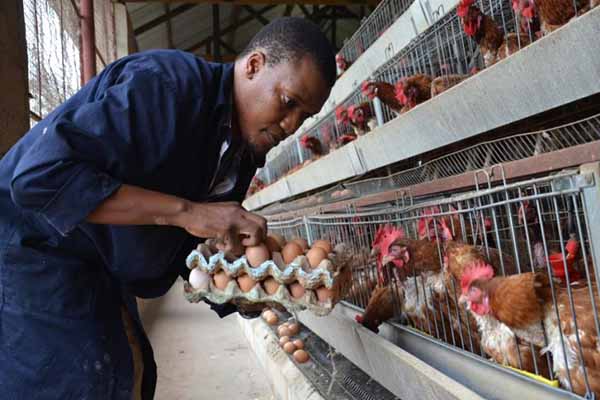
Poultry House Of 30000 Layers In Nigeria
7. Waste Management
Waste management is an important part of maintaining a clean and efficient poultry farm. Proper disposal of manure, bedding, and waste water ensures that the farm remains hygienic and prevents the spread of disease.
- Manure Management: A poultry farm of this scale will generate significant amounts of manure. Implementing systems for manure collection, composting, and disposal will help keep your poultry house clean. Manure can also be sold as organic fertilizer, offering an additional income stream.
- Cleaning and Sanitation: Regular cleaning of the poultry house is crucial to prevent disease buildup. Schedule deep cleaning of the house between batches of layers, and ensure that equipment such as feeders, drinkers, and egg handling systems are sanitized regularly.
8. Automation and Technology
In large-scale poultry operations, automation is no longer just an option—it’s a necessity. Modern poultry farming equipment can drastically reduce labor costs, improve efficiency, and enhance productivity.
- Livi Poultry Equipment: Livi Machinery offers a range of poultry farming equipment designed for efficiency and ease of use. Our automated systems for feeding, egg collection, manure management, and ventilation are specifically designed to meet the needs of large poultry farms like yours.
Investing in Livi’s poultry equipment will not only reduce manual labor but also ensure a healthier and more productive flock. Our products are built for durability and high performance in the demanding environment of a Nigerian poultry farm.
9. Record Keeping and Financial Management
Finally, effective management of a poultry farm involves keeping accurate records and managing finances. Regular tracking of feed usage, egg production, health status, and sales will help you make informed decisions and track the farm’s profitability.
Conclusion
Managing a poultry house with 30,000 layers in Nigeria requires careful planning, proper infrastructure, and the right equipment. By focusing on key areas like feeding, water supply, temperature control, and health management, you can ensure the success of your poultry business. And to maximize efficiency and productivity, consider investing in advanced poultry equipment, such as the solutions offered by Livi Machinery. Our automation systems are designed to make poultry farming easier, more efficient, and more profitable—helping you take your farm to the next level.
Invest in quality equipment today, and see the difference in your farm’s productivity!






